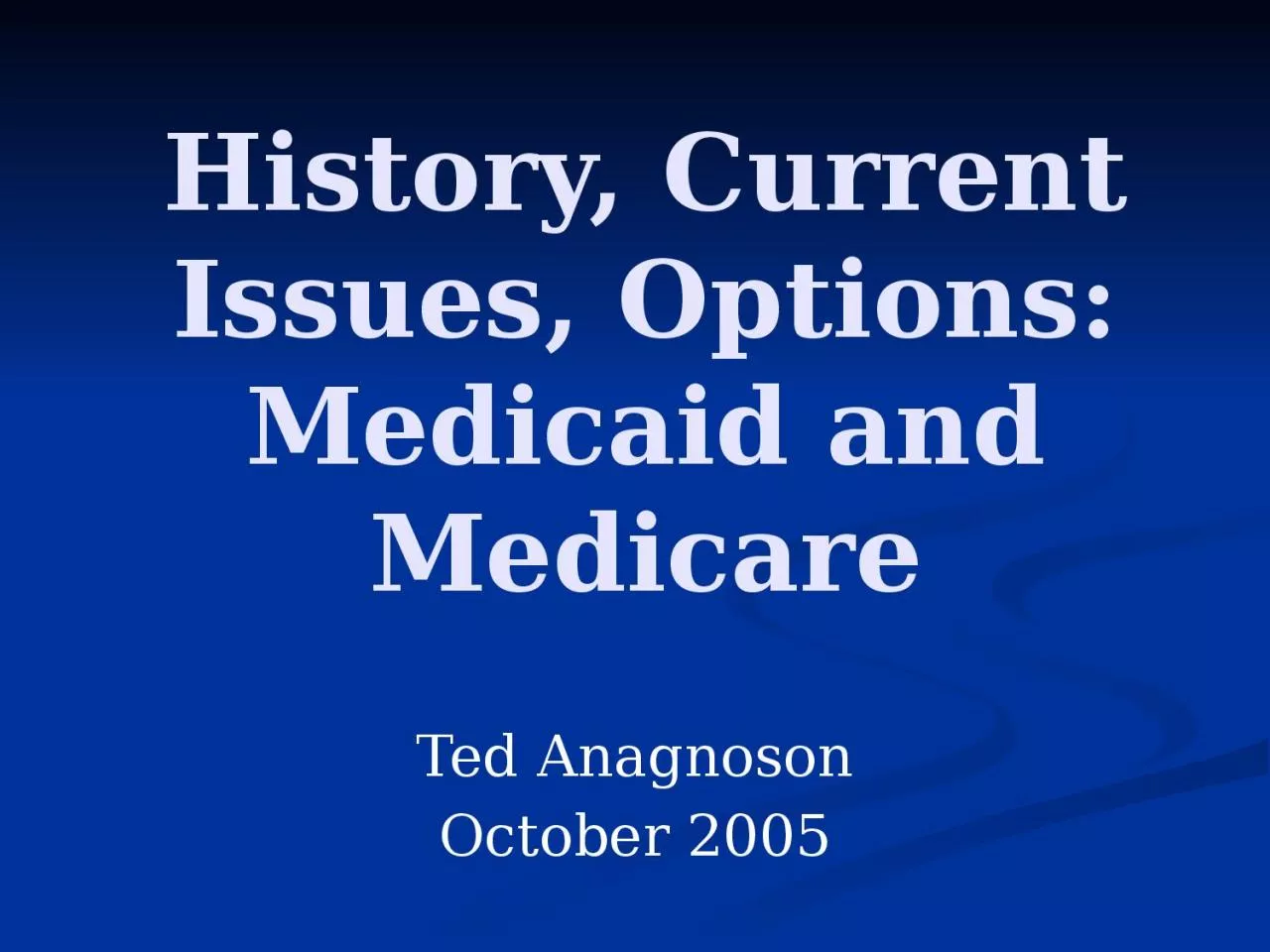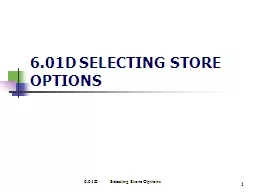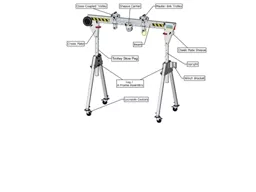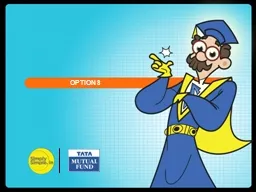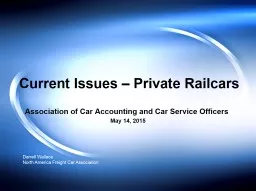PPT-History, Current Issues, Options:
Author : elina | Published Date : 2024-02-02
Medicaid and Medicare Ted Anagnoson October 2005 11162016 2 Medicaid MediCal in CA Largest public insurance program for low income people Fills in holes 39 m children
Presentation Embed Code
Download Presentation
Download Presentation The PPT/PDF document "History, Current Issues, Options:" is the property of its rightful owner. Permission is granted to download and print the materials on this website for personal, non-commercial use only, and to display it on your personal computer provided you do not modify the materials and that you retain all copyright notices contained in the materials. By downloading content from our website, you accept the terms of this agreement.
History, Current Issues, Options:: Transcript
Download Rules Of Document
"History, Current Issues, Options:"The content belongs to its owner. You may download and print it for personal use, without modification, and keep all copyright notices. By downloading, you agree to these terms.
Related Documents

